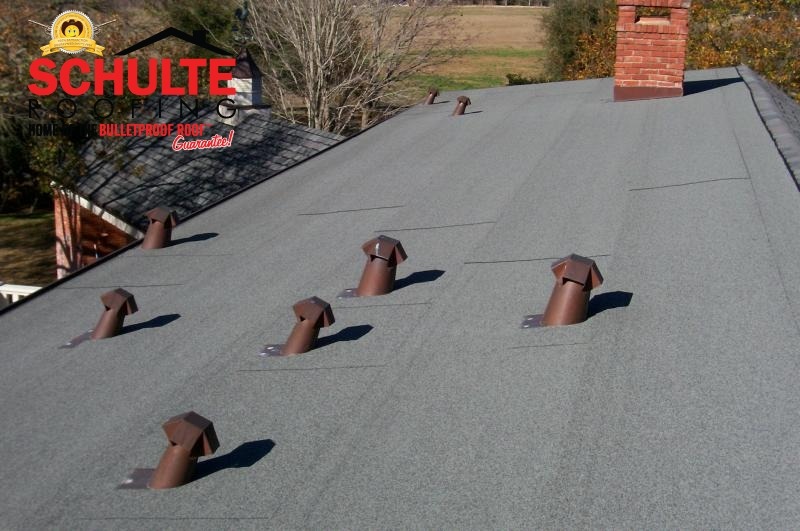 A roof that is leaking can be very distressful and may result in expensive repairs if the problem is not promptly addressed. Many times a leak will go undetected. Water is dripping from a ceiling in the house; however, upon inspection of the building top, there are no cracked or missing shingles nor is there any buckling or granulation that would suggest there is a leak.
A roof that is leaking can be very distressful and may result in expensive repairs if the problem is not promptly addressed. Many times a leak will go undetected. Water is dripping from a ceiling in the house; however, upon inspection of the building top, there are no cracked or missing shingles nor is there any buckling or granulation that would suggest there is a leak.
If water is coming through a ceiling regardless of the amount, it should be dealt with in a timely manner as neglect may result in worse problems such as serious damage to interior walls, ceilings, and the home’s contents. Other major issues that could occur are the formation of mold and premature failure of the entire roofing structure; therefore, it is imperative to pinpoint the root of the problem.
Following are a few suggestions for detecting water penetration and solutions to prevent problems in the future:
- Origination Determination – This is the difficult part, because when water enters a structure at one location, it may travel to another area before it actually begins to leak from the ceiling. Once all possible origins have been identified, potential sources from inside the house (pipes, drains, and pressure tanks) should be ruled out before inspecting the house top for any issues such as buckling, granulation, and missing shingles.
- Discoloration – Look for any discoloration on interior walls such as coffee-colored stains on the ceilings that could indicate mildew and water entry from the decking.
- Inspect the Roof – When climbing onto the housetop via a ladder, safety is of great importance as there is a high risk of falling. Always wear personal safety devices when dealing with inspecting roofs for any leakage issues.
- Probable Signs – Once on the housetop, conduct a closer inspection of the entire surface. Look for rust spots, faulty flashing, clogged drainpipes, cracked or peeled tar, and deteriorated caulking around the chimneys or vents. Also look for the build-up of debris in the valleys, gutters, and downpipes.
- Repair – Once the inspection has been completed and the location of the source of water penetration has been determined, apply caulking, roofing cement or a coat of tar to re-seal any damaged or loose areas around skylights, chimneys, vents, and flashing. In addition, when the cause of the leak is due to missing or granulated shingles, the damaged shingles should be replaced.
- Contact a Professional Contractor – The do-it-yourself method of repair should only be considered as a temporary fix. Always have a professional roofer conduct a detailed inspection and make any permanent repairs.
A leak, regardless of how small, is a serious problem that must be addressed as soon as possible. It has the potential to cause severe damage to the housing structure, compromising the health and safety of the occupants of the home. Even though water penetration is sometimes difficult to detect, following these simple suggestions and solutions may help. The best advice in dealing with a leaking roof is to perform regular inspections so a small problem can be repaired before it grows into a bigger problem that causes major damage!
Do you suspect that your Houston roof is leaking? Schulte Roofing of Navasota provides services to the greater Houston area and can help with all roofing problems!
Post navigation
1 comment
Comments are closed.

I am not exactly sure a frined of ours painted for us, he has been a contractor for 30 years and hung drywall for 20. He is coming back to show us that there is an issue with one of our bedroom walls. He mentioned that they didnt do they final coat?